Coffee in all its forms - The Cappuccino # 1
The Cappuccino
Is an Italian coffee drink that is traditionally prepared with double espresso, and steamed milk foam.
Variations of the drink involve the use of cream instead of milk, and flavoring with cinnamon or chocolate powder. It is typically smaller in volume than a caffè latte, with a thicker layer of micro foam.
The name comes from the Capuchin friars, referring to the colour of their habits, and in this context referring to the colour of the beverage when milk is added in small portion to dark, brewed coffee. The physical appearance of a modern cappuccino with espresso créma and steamed milk is a result of a long evolution of the drink.
The Italian cappuccino was unknown outside Italy until the 1930s, and seems to be born out of Viennese-style cafés in Trieste and other cities in the former Austria in the first decades of the 20th century. The drink has since spread worldwide and can be found at a number of establishments.
Cappuccino is a coffee drink that today is composed of double espresso and hot milk, with the surface topped with foamed milk. Cappuccinos are most often prepared with an espresso machine. The double espresso is poured into the bottom of the cup, followed by a similar amount of hot milk, which is prepared by heating and texturing the milk using the espresso machine steam wand. The top third of the drink consists of milk foam; this foam can be decorated with artistic drawings made with the same milk, called latte art.
In a traditional cappuccino, as served in Europe and artisan coffee houses in the United States, the total of espresso and milk/foam make up between approximately 150–180 ml. Commercial coffee restaurant chains in the US more often serve the cappuccino as a 360 ml drink or larger.
Cappuccino is traditionally small (max 180 ml) with a thick layer of foam, while 'latte' traditionally is larger (200 ml-300 ml). Caffè latte is often served in a large glass; cappuccino mostly in a 150 – 180 ml cup with a handle. Cappuccino traditionally has a layer of textured milk micro foam exceeding 1 cm in thickness; micro foam is frothed/steamed milk in which the bubbles are so small and so numerous that they are not seen, but it makes the milk lighter and thicker. As a result, the micro foam will remain partly on top of the mug when the espresso is poured in correctly as well as mix well with the rest of the cappuccino.
History
The consumption of coffee in Europe was initially based on the traditional Ottoman preparation of the drink, by bringing to boil the mixture of coffee and water together, sometimes adding sugar. The British seem to have started filtering and steeping coffee already in the second part of the 18th century and France and continental Europe followed suit. By the 19th century coffee was brewed in different devices designed for both home and public cafés.
Cappuccino as we write it today is first mentioned in northern Italy in the 1930s, and photographs from that time shows the drink to resemble a 'viennese', a coffee topped with whipped cream sprinkled with cinnamon or chocolate. The Italian cappuccino evolved and developed in the following decades: The steamed milk atop is a later addition, and in the US a slight misunderstanding has led to this 'cap' of milk foam being named 'monk's head' -although it originally had nothing to do with the name of the beverage.
Though coffee was brewed differently all over Europe after the Second World War, in Italy, the real espresso machines became widespread only during the 1950s, and 'cappuccino' was redefined, now made from espresso and frothed milk (though far from the quality of micro foam steamed milk today). As the espresso machines improved, so did the dosing of coffee and the heating of the milk. Outside Italy, 'cappuccino' spread, but was generally made from dark coffee with whipped cream, as it still is in large parts of Europe even in 2014.
Coffee making in cafés changed in the first decades of the 20th century. These first machines made it possible to serve coffee 'espresso', specifically to each customer. The cups were still the same size, and the dose of beans were ground coarse as before. The too high temperature of the boilers scalded the coffee and several attempts at improving this came in the years after the First World War.
By the end of the Second World War, the Italians launched the 'age of crema' as the new coffee machines could create a higher pressure, leading to a finer grind and the now classic 'crema'.
The first small cups appear in the 1950s, and the machines could by now also heat milk. The modern 'cappuccino' was born.
In the United Kingdom, espresso coffee initially gained popularity in the form of the cappuccino, influenced by the British custom of drinking coffee with milk, the desire for a longer drink to preserve the café as a destination, and the exotic texture of the beverage.
Iced coffee
Cappuccino Freddo is the cold version of a cappuccino, and the drink usually has a small amount of cold frothed milk atop it. This drink is widely available in Cyprus, Greece, and parts of Italy. In Rome, for example, each bar has the drink already prepared. In cities of Northern Italy, like Milan, however, it is almost impossible to find cappuccino freddo. Instead, gelato da bere (a thick blend of gelato and espresso) or shakerato (espresso and ice shaken together) are more popular. The term has also spread throughout the Mediterranean region where foam is added to the drink just before serving, often varying from the Italian original.
In North America, however, the terms "Cappuccino Freddo" or "Iced cappuccino", if offered, may be somewhat of a misnomer if the characteristic frothed milk is omitted in the iced variation. For example, at Starbucks, without the frothed milk the drink is called an "iced latte".
Latte art
Although size is what varies most among different cappuccinos, there are two main ways of preparing cappuccino: one is the traditional or classical way with a cap of milk foam; the other is the "Latte Art" way. The former follows the traditional idea of the cappuccino being prepared by ⅓ espresso, ⅓ steamed milk and ⅓ milk foam. The latter follows the same recipe, but is served more often in smaller cups, and the textured milk is gently poured in and finished with a pattern in the surface crèma.
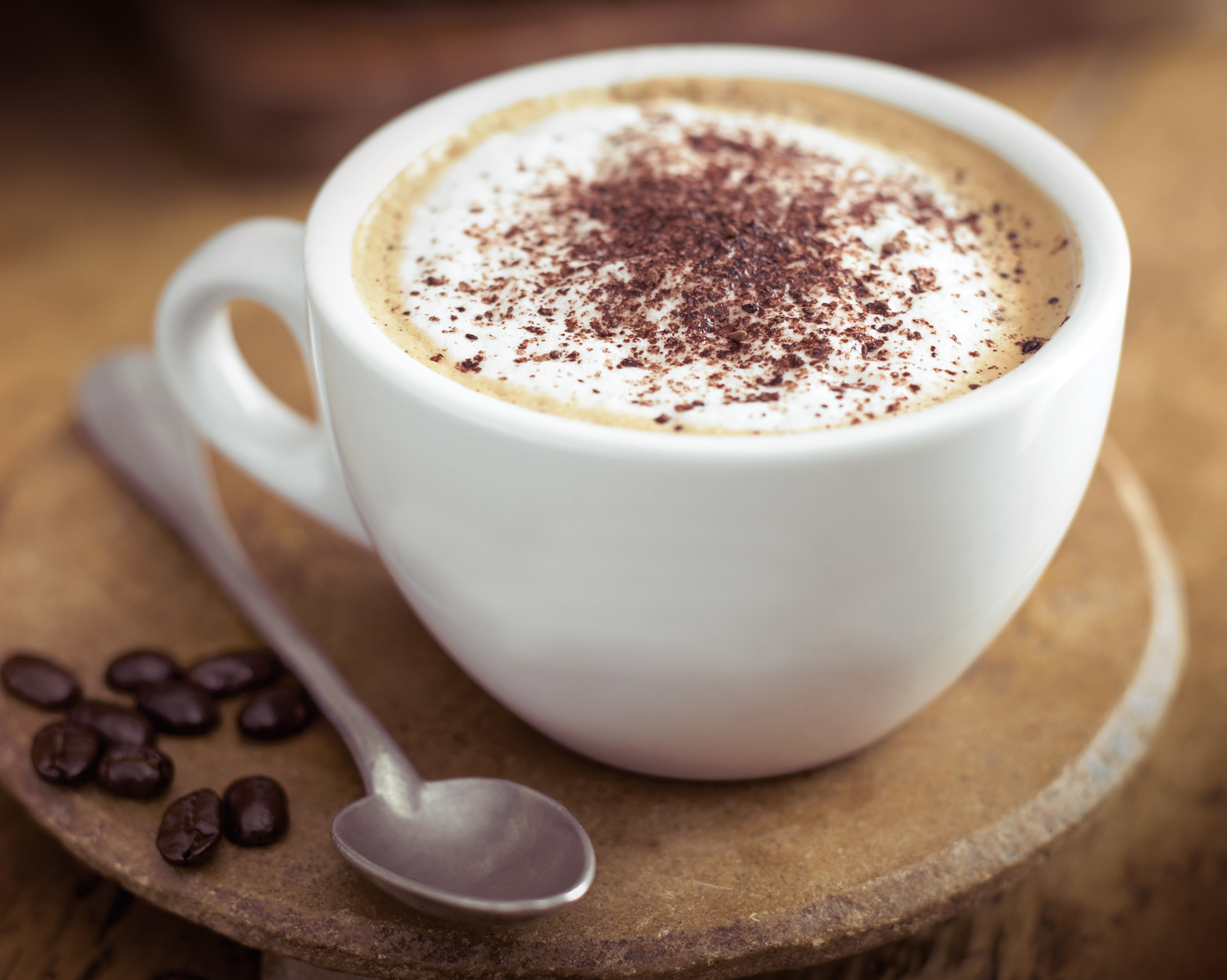
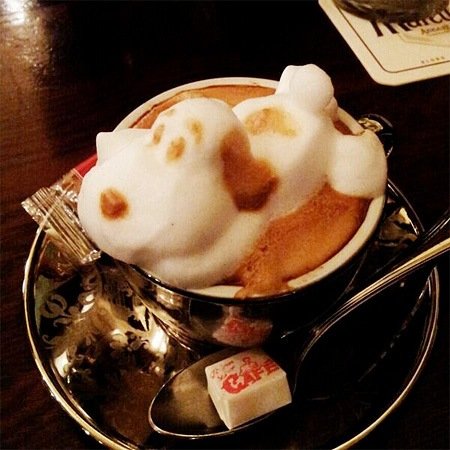
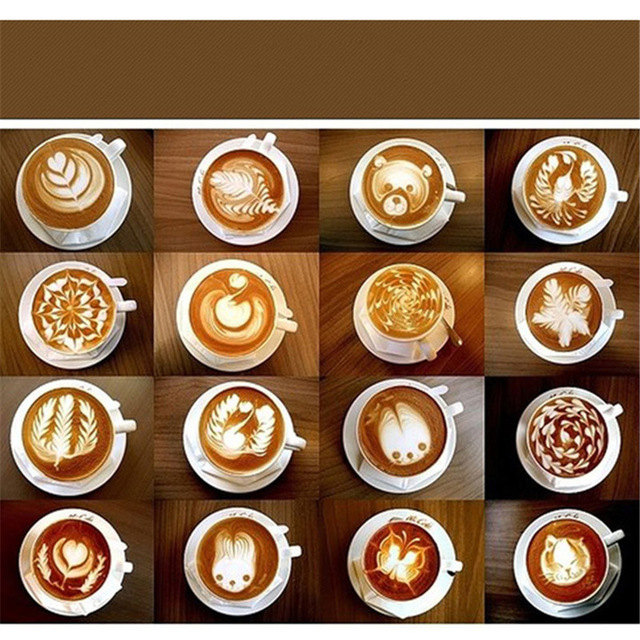
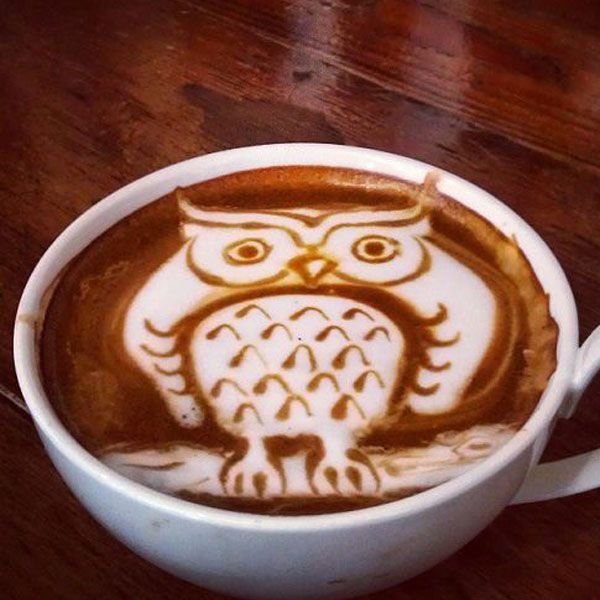
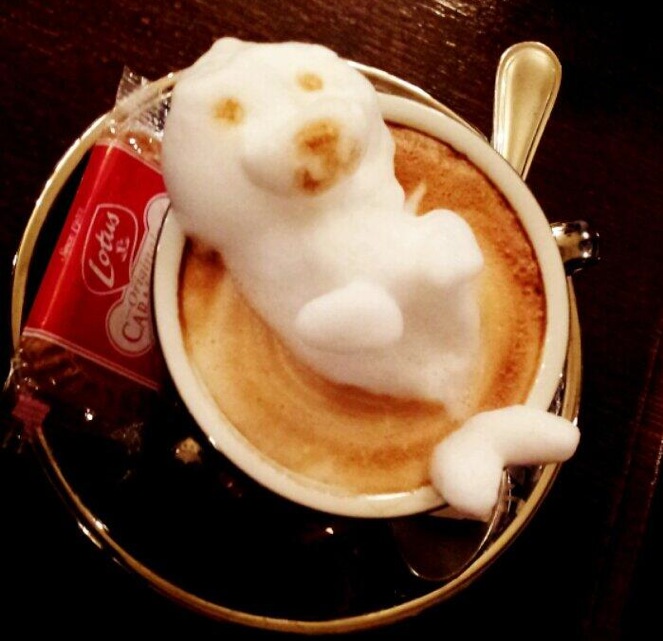
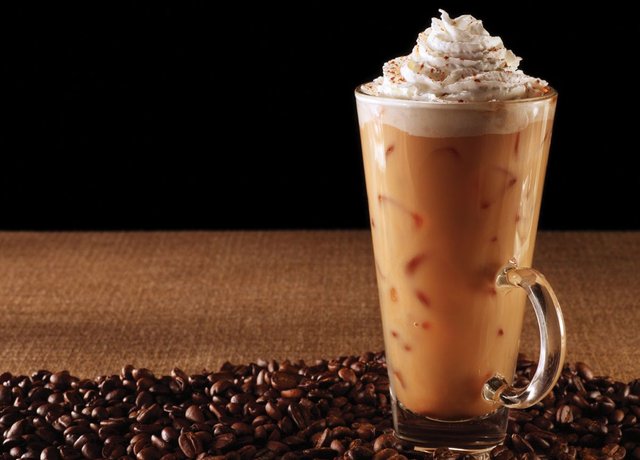
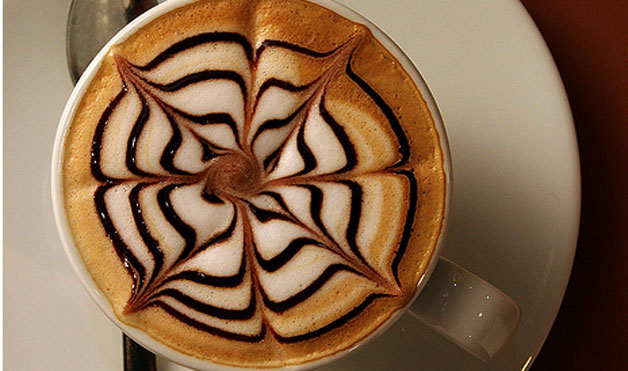
I like Coffee & this Coffee is Looking Very delicious. Thanks for sharing @indesta120282.
What a super quality presentation from your side. Its looking very delicious. Thanks for sharing such classy post.
Beautiful post and amazing photos. I love cappuccino.
That's it ! A full presentation
Wow nice article my friend @indesta120282
Wow nice
Awesome article, shows how much you love your coffee. I'm a coffee lover too Cheers!
Im coffee lover!
I was a big fan of cappuccino till i discovered filter coffee :)
Amazing!!I like coffee!
I am also posting coffee so please watch it:)